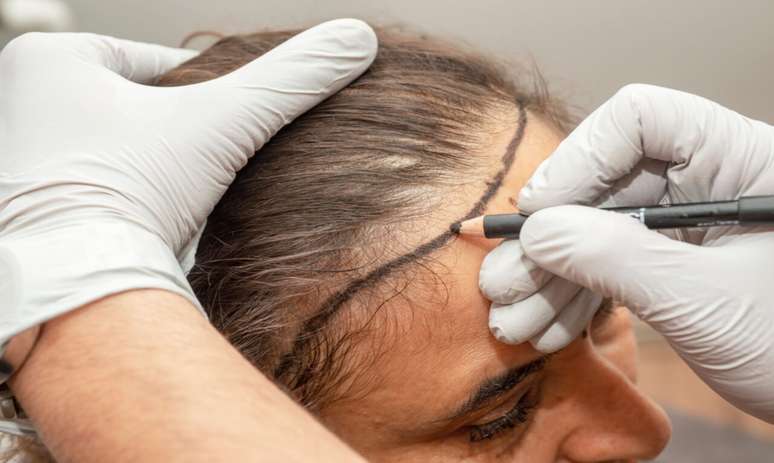Women also suffer from alopecia, known as baldness. And, like men, hair transplantation can solve the problem
From 42 million Brazilians suffer from a certain degree of alopeciaOr hair loss, indicate the data of the Brazilian Society of Dermatology (SBD). And to fight the problem, the hair transplant demand has grown. Even according to SBD, there has been a 152% increase in capillary plants in 10 years, which also attracts the attention of the female public.
The transplant has been increasingly sought after among women who face problems Balders and rarefactions for hair. This procedure, previously mainly associated with men, has acquired importance as an effective option to correct problems related to aesthetic hair.
More common cases for female hair transplantation
According to dr. Gustavo Martins, dermatologist and president of the Brazilian Institute of Capillary Transplantation, female hair transplant is an option for women with High front or androgenetic alopeciaBetter known as female baldness.
Underlines that many women suffer from hair loss, which can cause a Facial disharmony and one Feeling of discomfort. “These women suffer from a hair loss, with an increase in the forehead, disharmony on the face, the hair is thin and with little volume. This hurts self -esteem and seeks forms of treatment and care,” says the doctor.
Different techniques
Several capillary transplant techniques are available, adapted to individual needs and patient preferences. “A common approach is the Fue technique, which allows Extraction of hair follicles from the back of the head Without the need to shave the reception area on the front. This allows a more discreet recovery, “says Martins.
It is important to underline that the choice of adequate technique should occur after a consultation The detailed doctor, taking into account the type of alopecia, characteristics of the patient’s hair and preferences. Surgery itself is minimally invasive using precise microscopes and incision techniques to guarantee coherent and natural results.
Source: Terra
Ben Stock is a lifestyle journalist and author at Gossipify. He writes about topics such as health, wellness, travel, food and home decor. He provides practical advice and inspiration to improve well-being, keeps readers up to date with latest lifestyle news and trends, known for his engaging writing style, in-depth analysis and unique perspectives.









